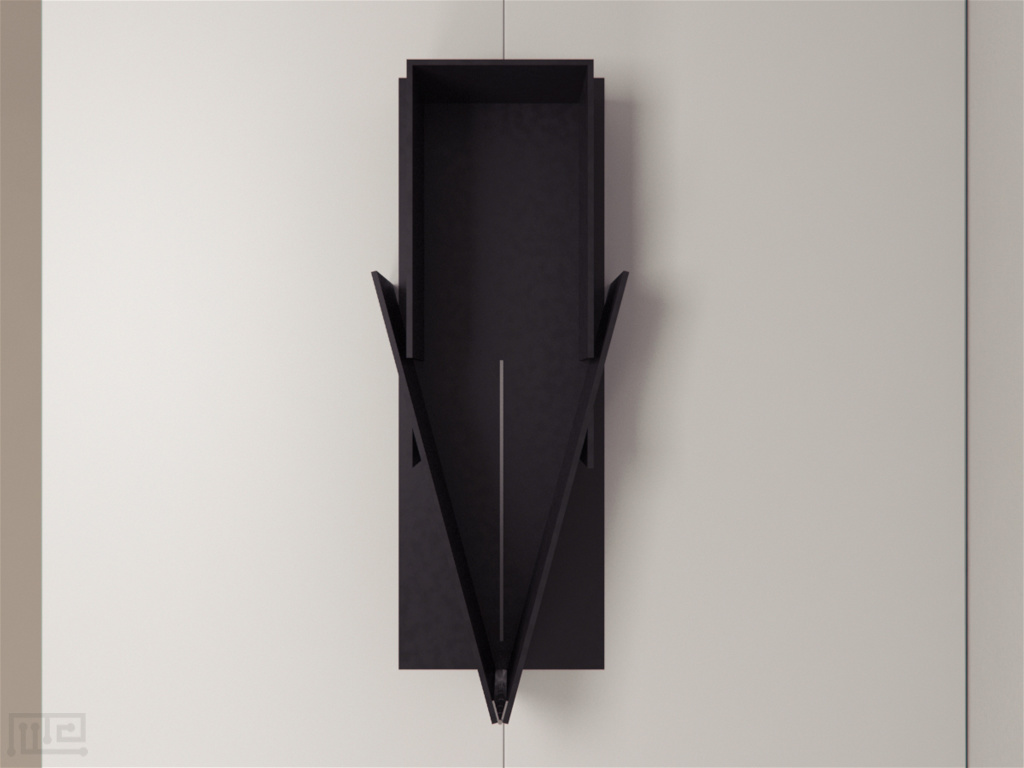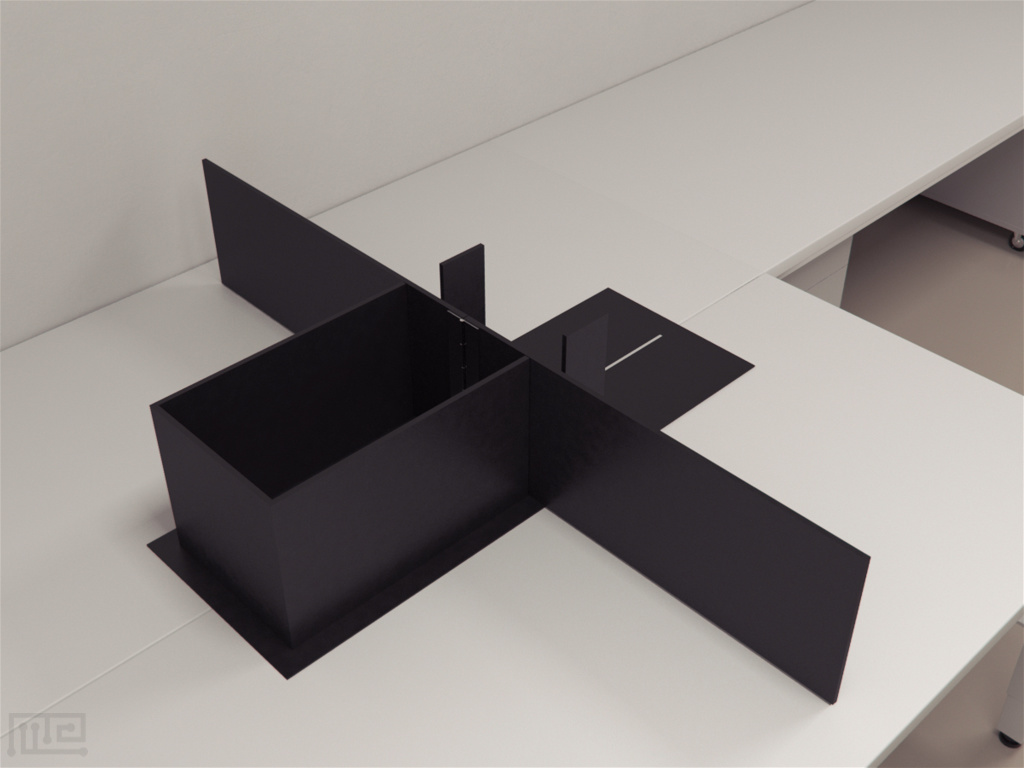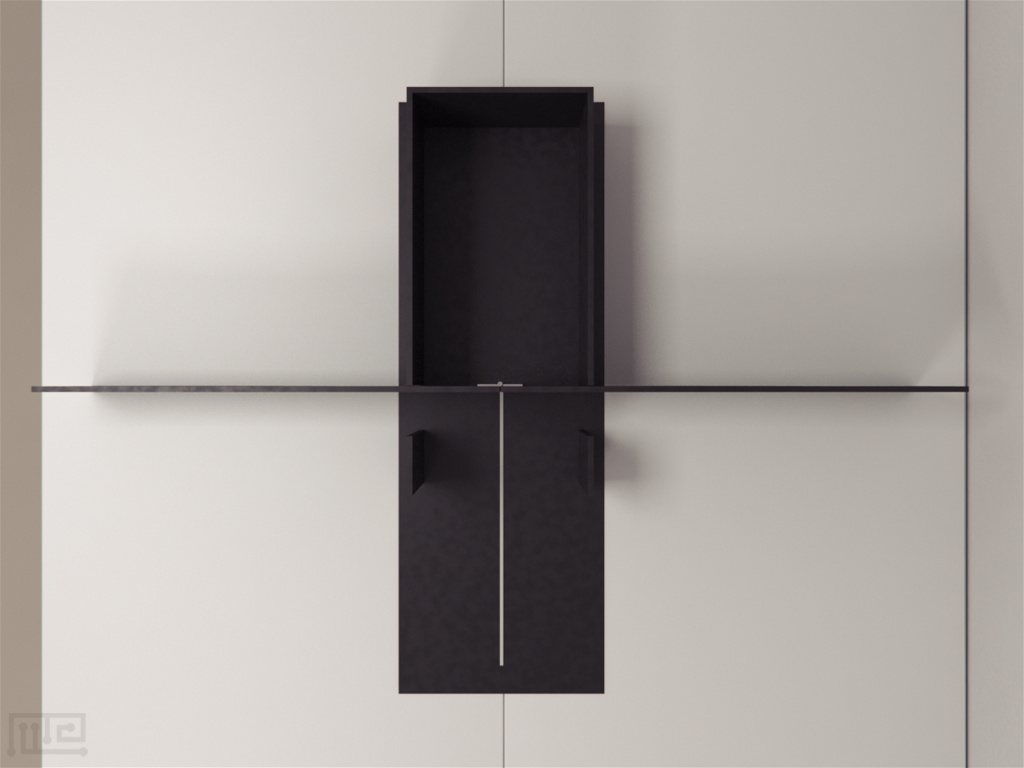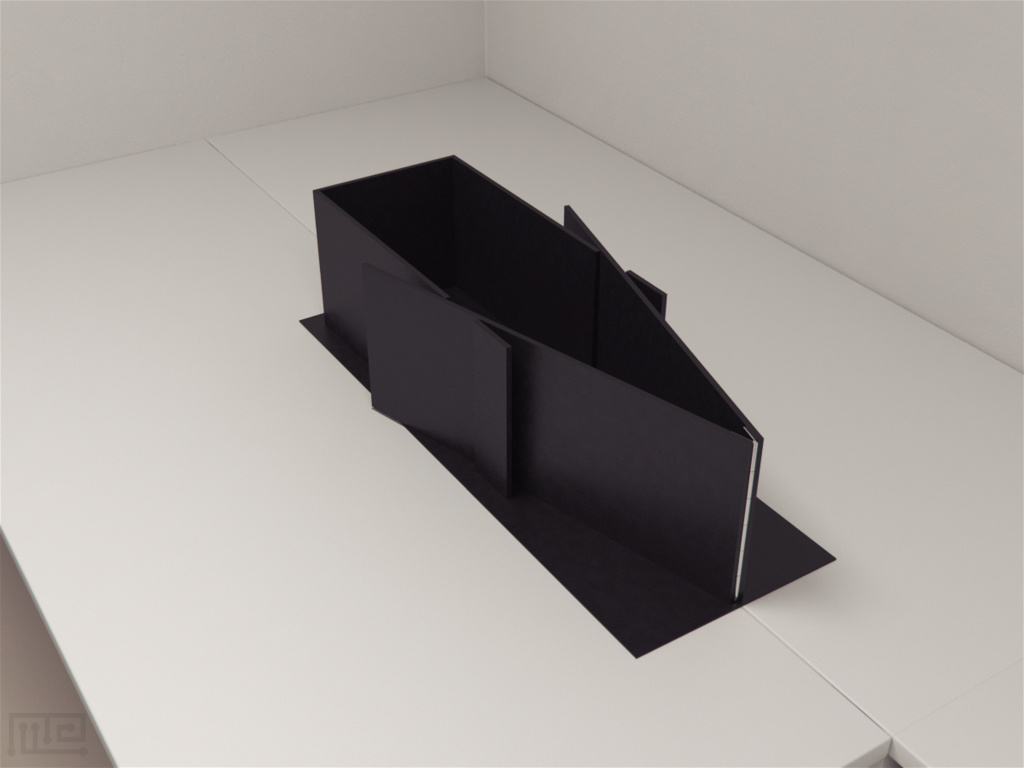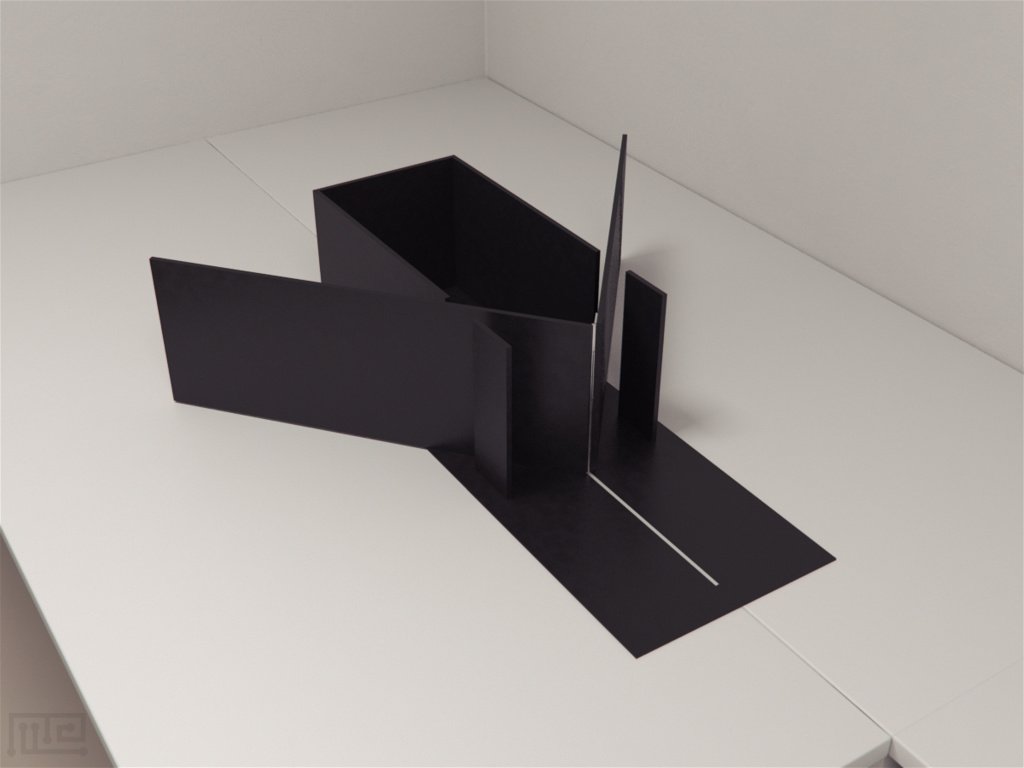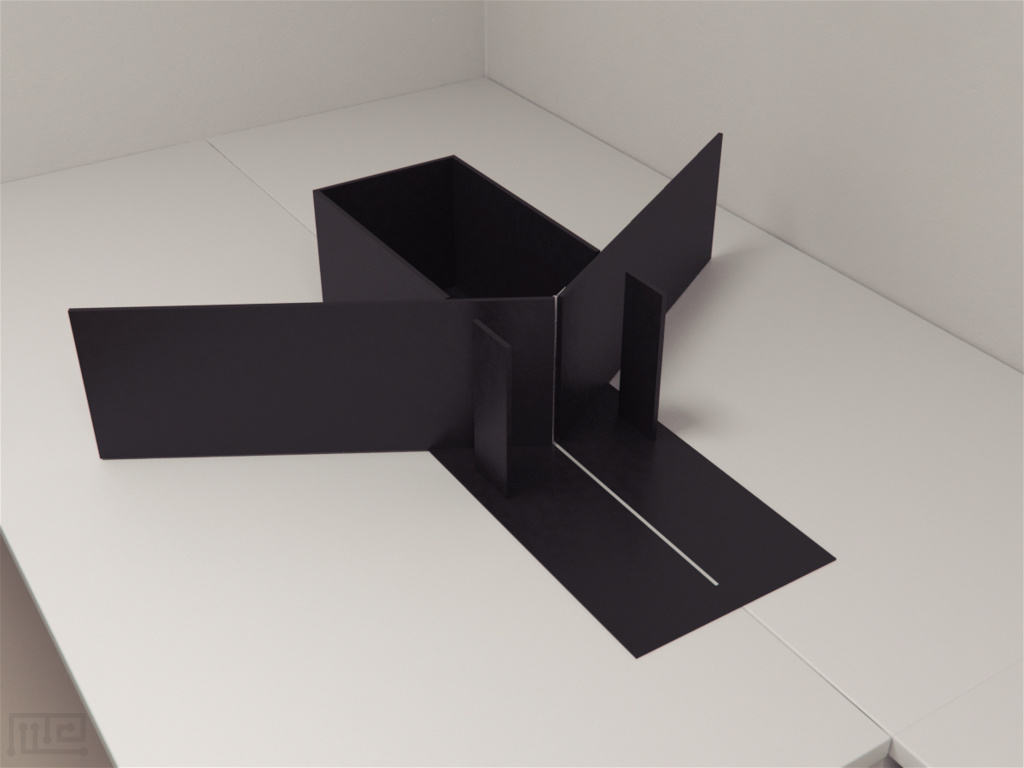The Angle Entrance Task is a behavioral test used to assess spatial learning and memory in animals, particularly rodents. In this test, an animal is placed in a chamber with an angled entrance leading to a hidden goal box. The angle of the entrance can be adjusted to vary the difficulty of the task. The rodent must learn the location of the goal box and navigate to it through the angled entrance to receive a reward. The time taken to reach the goal box, as well as the number of errors made, is recorded and analyzed. This test can provide insight into the animal’s ability to learn the location of a hidden goal and navigate to it through an angled entrance, which can be affected by various factors such as age, drug treatments, or genetic manipulations. The Angle Entrance Task is a commonly used tool in behavioral neuroscience research to study spatial learning and memory processes.
The Angle Entrance Task was devised for a diffuse brain injury rat model. The original sentinel paper for discovery did not find the ability for sensitivity in the detection of injury-induced sensory deficits. However, MazeEngineers still offers this device for potential replication and utilization in other models. The device functions with an adjustable angle that moves away from the box at 30°, 40°, 50° or 80° corners. The interrogates how far the rat moves into the corner given these angles.
Price & Dimensions
Mouse
$ 1490
+S&H- Length: 33cm
- Width: 14cm
- Height: 14cm
- Adjustable angle, two walls, with hinge.
- Angles range from 30° to 180°.
Rat
$ 1590
+S&H- Length: 50cm
- Width: 30cm
- Height: 30cm
- Adjustable angle, two walls, with hinge.
- Angles range from 30° to 180°.
Documentation
Introduction
The angle entrance test is a whisker dependent behavioral test that analyzes the somatosensory response of rodents. The task is based on observation of the animal’s entrance and exit from the corner set to different angles, to understand aspects of somatosensory responses. In comparison to the corner test, which relies on the turning direction from a corner to assess sensorimotor function, the angle entrance observes the distance traveled into the corner.
Traumatic brain injury significantly impairs long-term cognition and behavioral activity. It may result in the development of various psychological and neurodegenerative diseases. Brain injury in rodents has been associated with functional and anatomical changes in the somatosensory whisker circuit. The somatosensory circuit regulates the tactile sensation in rodents helping them in recognizing, locating and positioning of objects. Investigation of somatosensory behaviors in rodents can help in understanding the causes and effects of brain injury. The angle entrance test is a novel approach used to identify the functional morbidity in somatosensory behaviors and task performances along with other sensory, behavioral assessment tasks.
The apparatus consists of a box made of three equal sides and one triangular corner. Two moveable walls are joined together by a hinge to form the corner. The angles of the corner can be adjusted from 30° to 180° degree based on the requirement. Other whisker dependent tests used to assess somatosensory behavior in rodents are the Whisker Guided Exploration and the Gap Cross Test.
Apparatus and Equipment
The angle entrance apparatus consists of an opaque box fixed on a 40cm wide and 115cm long base. The height of the apparatus is 30cm. Three sides of the box each measure 30 cm in width and 50 cm in length. The fourth wall is replaced with an adjustable angle created using two walls joined by a hinge making a corner. The corner can be slid forward and backward on the floor to set the desired angles between 30° to 180°. The floor is marked with specific markings to indicate angle and distance from the corner.
Training Protocol
Clean the apparatus thoroughly before and after trials and between subjects to prevent any lingering stimuli from affecting the subject’s performances. An external tracking and recording systems such as Noldus Ethovision XT can be used with the angle entrance apparatus for recording the subject’s behavior.
Pretraining
Set the corner angle of the angle entrance apparatus to 50°. Place the subject in the box and allow it to acclimate to the apparatus for 5 minutes.
Angle Entrance Test
Slide the corner to adjust the angle to the predetermined testing angle. Angles 30°, 40°, 50°, and 80° allow the subject’s whiskers to touch both the walls at 5 cm intervals from the angle vertex. Following acclimation, place the subject in the apparatus and observe its first move towards and away from the corner. Repeat process as required with different angles, ensuring an inter-trial interval of 30 minutes. Perform at least 3 sessions per test day.
Evaluation of somatosensory morbidity after traumatic brain injury
Learoyd and Lifshitz (2012) analyzed somatosensory morbidity in Sprague-Dawley rats. The subjects were divided into two groups; One group was induced with Fluid percussion injury, and the other group underwent Sham injury procedure and acted as the control. The subjects were tested before surgery and at 1-week and four weeks post-surgery. Both subject groups were analyzed at 30°, 50°, 80° and 40°in an angle entrance test. Results revealed that sham animals covered 88% distance and injured animals covered 90% of the corner length. The performance for both groups appeared to be the same at different time points and varying angles in the angle entrance task.
Data Analysis
Following parameters can be calculated using the Angle Entrance Test
- Distance traveled: Distance between start point to the final position of the subject before turning back
- Percentage of corner length: Distance between 180° angle and vertex of the adjustable angle
- Distance traveled towards each testing angle
- Average distance traveled into the corner
Strengths and Limitations
Strengths
The angle entrance test apparatus consists of a simple assembly. It is cost effective and easy to operate. The variable corner allows investigators to set the corner angle to the desired value based on the need of the experiments. It can be used in various somatosensory based investigations including neurological diseases and sensory impairments. Cleaning and maintenance of the angle entrance apparatus are also easy. The angle entrance test provides detailed information about subject displacement in the apparatus. It is a noninvasive technique and does not cause physical harm to the subjects.
Limitation
Lack of training before the test may result in inefficient performance by the subject in the test. The task may require extensive training around 3-4 weeks prior to testing the subjects. Due to extensive training subjects may develop stress and anxiety that can affect their performance. Lengthy training may also increase the time span of test rendering the task slow in producing results. Performances of the subjects may be affected by the presence of lingering or external olfactory, auditory or visual stimuli.
Summary
- The angle entrance test is a novel test used for analyzing somatosensory behaviors in rodents.
- The corner angle can be adjusted from 30° to 180° angles based on the requirements.
- The test measures the distance traveled by the subject towards and away from the angle vertex.
- The angle entrance test may require an extensive training session to obtain accurate results.
- Inappropriate training can lead to inefficient and compromised subjects’ performance in the task.
Reference
- Learoyd, A. E., & Lifshitz, J. (2012). Comparison of Rat Sensory Behavioral Tasks to detect Somatosensory Morbidity after Diffuse Brain-Injury. Behavioural Brain Research, 226(1), 197-204. doi:10.1016/j.bbr.2011.09.016
Request a quote
"*" indicates required fields

